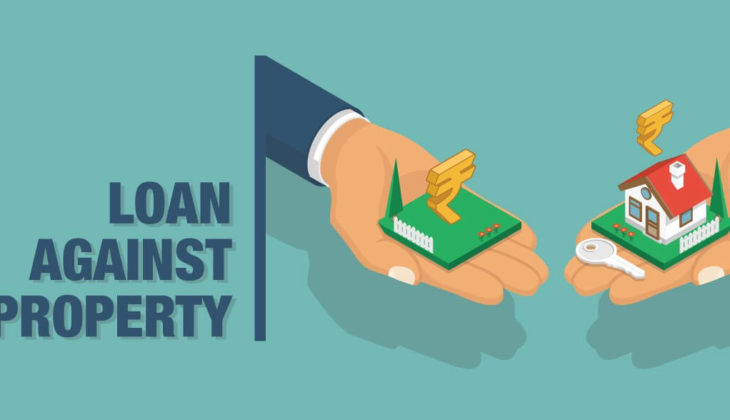Asset-backed loans can bail you out of a financial crunch. You pledge an asset to raise funds and reclaim it back once the loan is repaid in full with the tenor. You keep your asset intact as well as save big on the interest outgo, as interest rates are lower than unsecured loans.
Of all the asset-backed lines of credit out there, Loan against Property (LAP) stands out. You enjoy perhaps the most competitive interest rates, second only to home loans. A substantial quantum of loan, overdraft facility, no end-use restrictions, and flexible tenors also come by.
However, you need to keep in mind a few factors to realize the LAP advantage. Here’re they.
- Interest type:
LAP comes with two interest types, namely fixed and floating. As the name gives it away, fixed rates stay constant despite the market fluctuations. Conversely, floating rates vary depending on the market conditions. Typically, the fixed interest exceeds the floating ones by 1% to 1.25%.
Even then, the fixed-rate often proves counterproductive for longer tenors. The interest rates are likely to depreciate if they are high at the time of loan sanctioning. You’ll be paying high rates throughout even if they nosedive anytime during the tenor. Plus, fixed interest feature a “reset clause”, which come into play at a given interval or interest rates spike unexpectedly.
- Tenor:
Loan against property involves lengthy tenors ranging between 15 and 20 years. Certain NBFCs even work with you to create a personalized repayment schedule and flexible tenors. Choosing the right tenor is each-to-their-own proposition because every borrower has different needs.
Shorter tenors mean higher Equated Monthly Instalments (EMIs). The higher EMIs might choke your monthly budget, especially if your income is unstable or low. On the other hand, longer tenors lead to higher interest outgo. However, you can reduce the cost of borrowing drastically through prepayments provided your lender doesn’t charge hefty fees for the same.
- Cost of borrowing:
Interest rates are a significant determinant of the cost of borrowing, but not the only one. Every loan type, including LAP, involves processing charges, which again vary from lender to lender.
Usually, lenders charge between 1 and 2% of the total loan amount as processing charges. Even a difference of 1% can inflate your overall cost of borrowing if the loan amount is high. Besides, there may be prepayment and late payment charges and other hidden expenses involved. It’s in your best interest to determine every cost beforehand and choose the lender accordingly.
- Eligibility Criteria:
Every lender sanctions loan only of the borrower meets a set eligibility criterion. Lenders have much at stake, and determining the borrower’s repayment capacity is, thus, vital for them.
The loan against property eligibility criteria varies from lender to lender. But there are a few standard parameters that should be known to you before applying. They include:
- Nationality: Indian
- Employment status: salaried or self-employed
- Age: 21 to 60 years for salaried and 25 to 65 years for salaried applicants
- Credit history: CIBIL Score of 700 or above
- Quantum of loan:
Subject to the lender, the loan amount ranges between 50% and 70% of the asset’s market value. The quantum of loan can run into Crores. You need to factor in the exact amount required, as over-loaning is financially crippling, while under-loaning is futile in meeting your needs. Go for a LAP only if you have a high-end property and require substantial funds.
- Tax benefits:
A LAP comes with a host of tax benefits, depending on how the funds are used. Feel free to avail of the interest and all related expenses as business expenditure under section 37(1) of the Indian Income Tax Act. Plus, Section 24(b) of the Indian Income Tax Act guarantees interest claims if the borrowed amount is invested in buying/financing another real estate property.
